Equipment
A Look at Major OEMs’ January Golf Club Patents
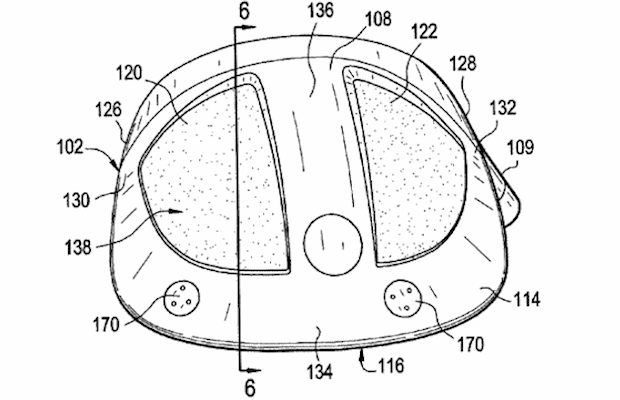
Many of the patents major OEMs apply for with the U.S. Patent and Trademark Office take several months to a year to get published, or made public. In other words, companies begin working on a technology and apply for a patent (if it’s something unique enough that the parties in question believe they alone should profit from for the term of a patent) well before we, the general public, are able to hear about it.
Still, it’s interesting to examine the technologies that some of the highest-paid equipment wonks in the world are working on, even if these specific models never make it market.
Let’s take a look at major OEMs’ published patents from the month of January, starting with what they’ve been working on at Nike’s Oven.
Nike
On January 14th of last year, Nike filed a patent application for a drag-reducing driver head design, which features a series of airfoil surface sections. The design is supposed to improve the club’s aerodynamic performance, and the structures appear intended to reduce drag in the last third of the swing in particular. As the company states, it believes existing “drag-reducing” designs focus too much on the moment of impact, rather than the entirety of the swing in general, and moments of greatest acceleration, in particular.
Further, Nike seems to be paying particular attention to hosel design. As the filing states:
Reducing the drag of the club head not only at the point of impact, but also during the course of the entire downswing prior to the point of impact, would result in improved club head speed and increased distance of travel of the golf ball. When analyzing the swing of golfers, it has been noted that the heel/hosel region of the club head leads the swing during a significant portion of the downswing and that the ball striking face only leads the swing at (or immediately before) the point of impact with the golf ball.
Obviously, the square shape is notable, as well, and is reminiscent of the SasQuatch.
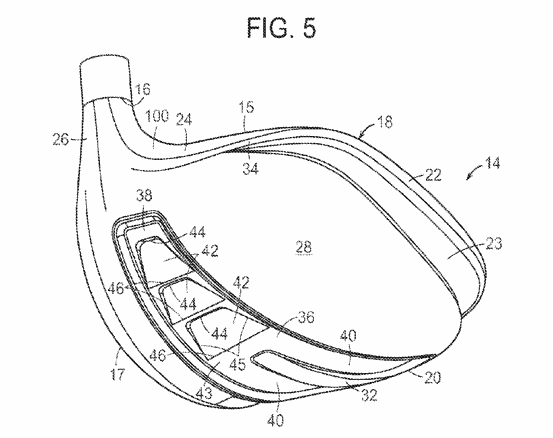
See the full patent filing here.
On April 22, Nike also filed for a patent related to a multi-piece driver head, as well as the method for making said club head. Although the SQ didn’t utilize the same multi-piece construction that Nike references in the patent filing, the design appears very similar to that club, well beyond just the square shape.
As you can see in the two illustrations, the driver is made of several component parts, including the face, and there appears to be additional technology in the sweet spot of the club.
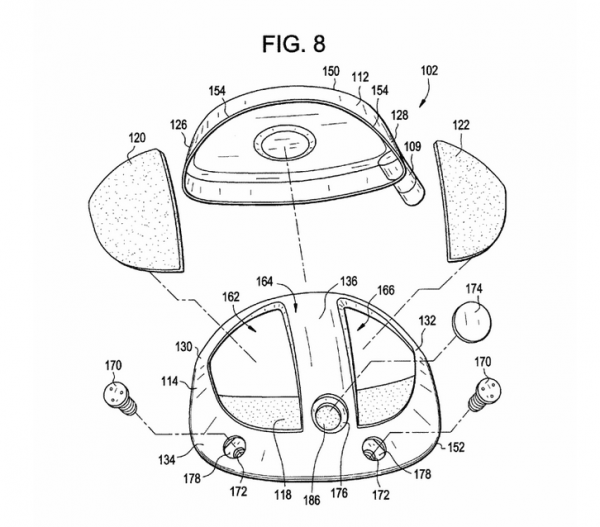
See the full patent filing here.
Customization has been the dominant refrain in the world of golf club technology in the past decade. It’s not surprising then, that a major OEM is looking into technology that allows golfers to adjust the sound of their equipment. In one sense, the ability to adjust the sound of a driver is a new gimmick and a potential industry trend. However, it could be much more. Imagine you’re demoing a driver and love everything but the sound. Imagine, too, you could easily adjust the head to make the sound at impact something you enjoyed. From the company’s standpoint, your ability to do so could make or break a sale.
Nike’s patent, filed on September 3rd, includes technology by which “A user may change the vibrational characteristics associated with the club head when a golf ball is struck, thereby changing the sound emanating from the club head when a golf ball is struck.” The specific means for this adjustment appears to be two screws, indicated in 1520A/1520B in the sketch, and additional technology to occupy the hollow shaft area indicated in 1530A/1530B—possibly a screw of some sort.
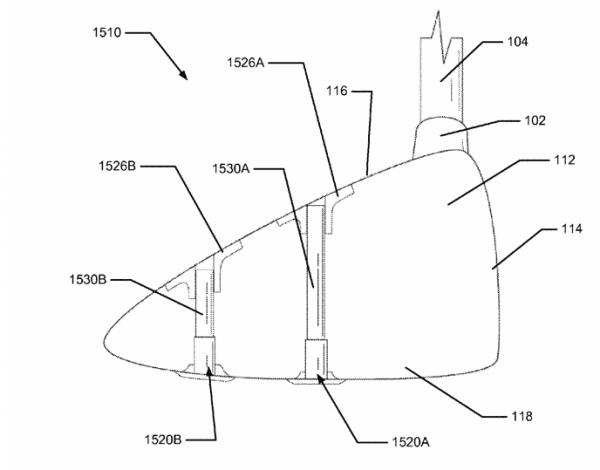
See the full patent filing here.
Callaway
Callaway—recent challengers to TaylorMade’s dominance of all advertising mediums—was recently granted a patent for the golf club head design pictured below. The Carlsbad-based company applied for the club head-related patent on September 24th, and it seems acoustics are a primary concern for this clubmaker as well.
Callaway’s driver features a “a sound modifying sole and crown design,” as well as “club head with face component composed of a metal material for a more efficient transfer of energy to a golf ball at impact, a non-metallic aft-body to control the mass distribution, and a connection between the sole and crown at a location other than the periphery of the club head for altering the frequency, amplitude, and duration of the sound of the golf club head striking a golf ball, as well as improving the rigidity of the head.” In other words, substances joined to optimize distance and produce (for lack of a better term) a good sound.
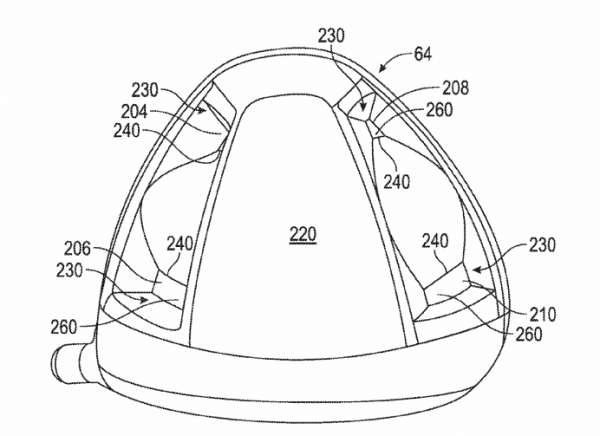
See the full patent filing here.
Titleist
Tileist is pursuing removable weight technology in the form a cap and a slug. Further, “the slug includes an anti-rotation feature that prevents relative rotation between the slug and the receptacle and a lead-in portion.” The design seems to be for a pretty straightforward removable weight positioned in the center of the sole of the club, as well as a mechanism to hold the weight in place.
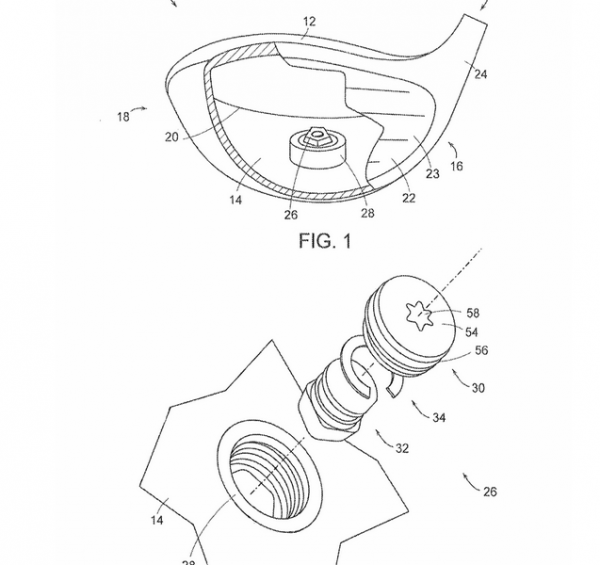
See the full patent filing here.
Cobra
This design from Cobra was one of the more interesting concepts from the January batch of major OEM patents. The company is pursuing a patent for a “golf club head with a top line insert.” What’s interesting about this patent application: It appears to be for an iron. In addition to a traditional cavity in the back of the club, and in contrast to a cavity in the sole of the club, which companies including TaylorMade have implemented recently, Cobra’s design features a filled cavity in the top line of the club.
So, what does this insert do? According to the filing:
The insert has a density that is less than the density of the club head body, and the insert preferably is a light-weight insert. The insert may include one or more damping materials. The recess removes material from the club head, which in turn may do one or more of the following: increase the overall size of the club head, expand the size of the club head sweet spot, lower the club head center of gravity, and/or produce a greater club head moment of inertia.
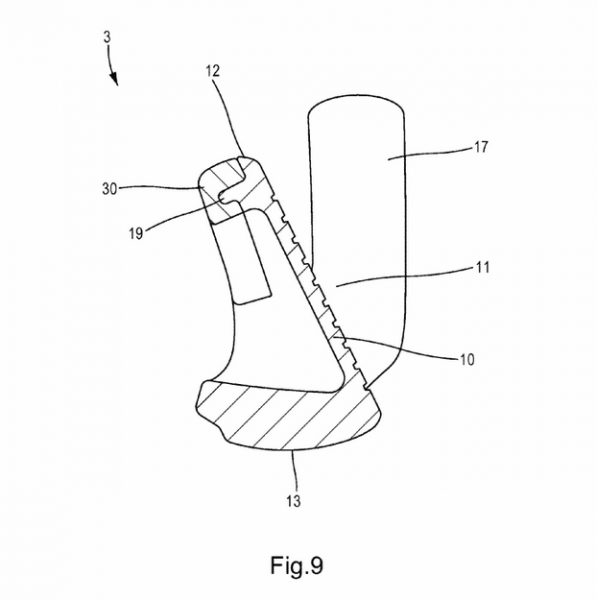
See the full patent filing here.
Ping
Phoenix, Arizona-based Ping was granted a patent for “golf club heads with ribs and related methods.” The company applied for the patent on September 4th.
As the filing indicates, “Ribs have commonly been employed in the crowns of club heads to enable the crowns to be as lightweight as possible while still providing sufficient stiffness in the fore and aft direction.” However, the company also believes “The prior art fails to recognize that a club head having a crown with parallel ribs that uniformly reinforce the face of the club head is not an efficient structure since the club head face is not uniformly loaded but is subjected to essentially a point impact near its center.” Thus, Ping has developed the superior ribbed club head below.
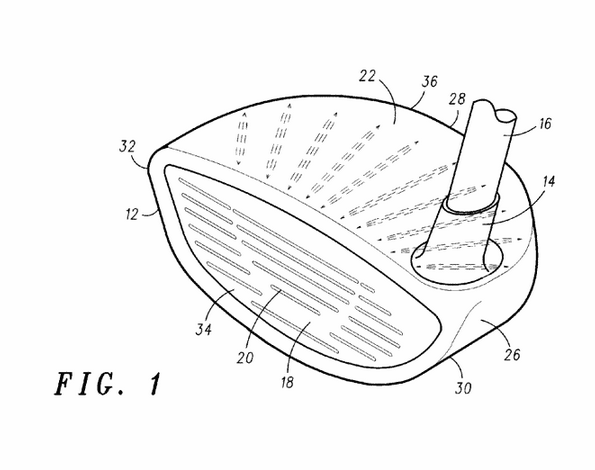
See the full patent filing here.
If you liked this segment, let us know, as we’re considering making it a regular feature. All patent information was obtained through FreshPatents.com.
- LIKE0
- LEGIT0
- WOW0
- LOL0
- IDHT0
- FLOP0
- OB0
- SHANK0
Whats in the Bag
Drew Brees WITB 2024 (April)
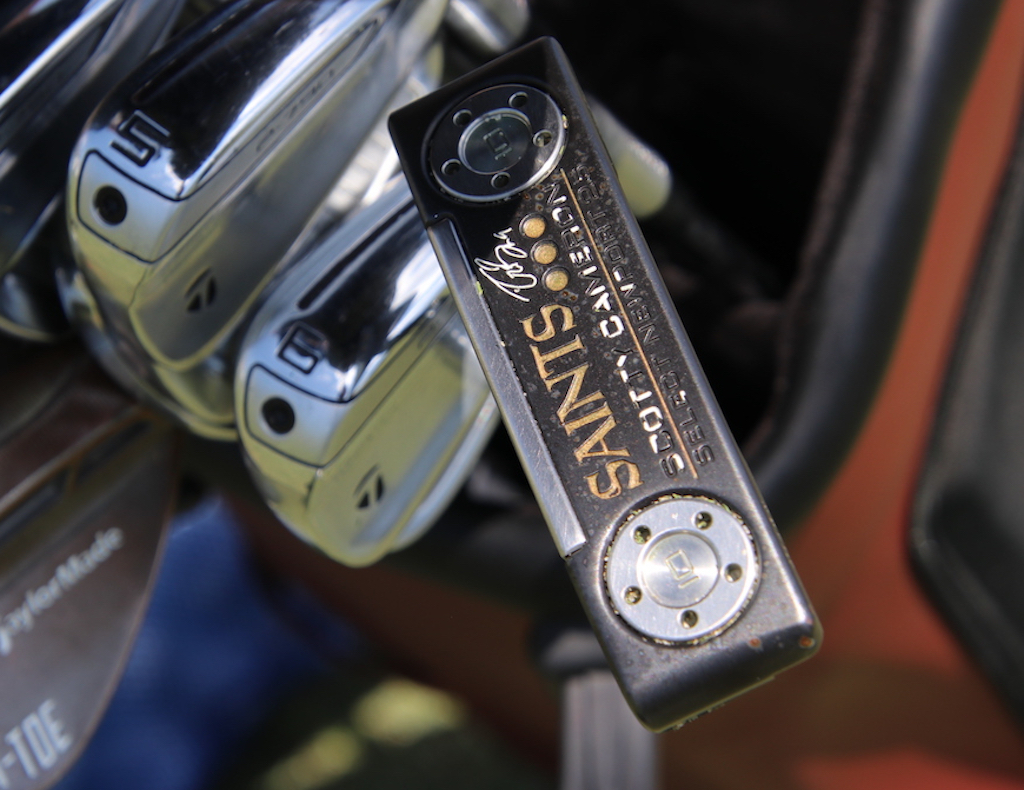
View this post on Instagram
Driver: TaylorMade Stealth 2 Plus (10.5 degrees)
Mini driver: TaylorMade BRNR Mini Copper (13.5 degrees)
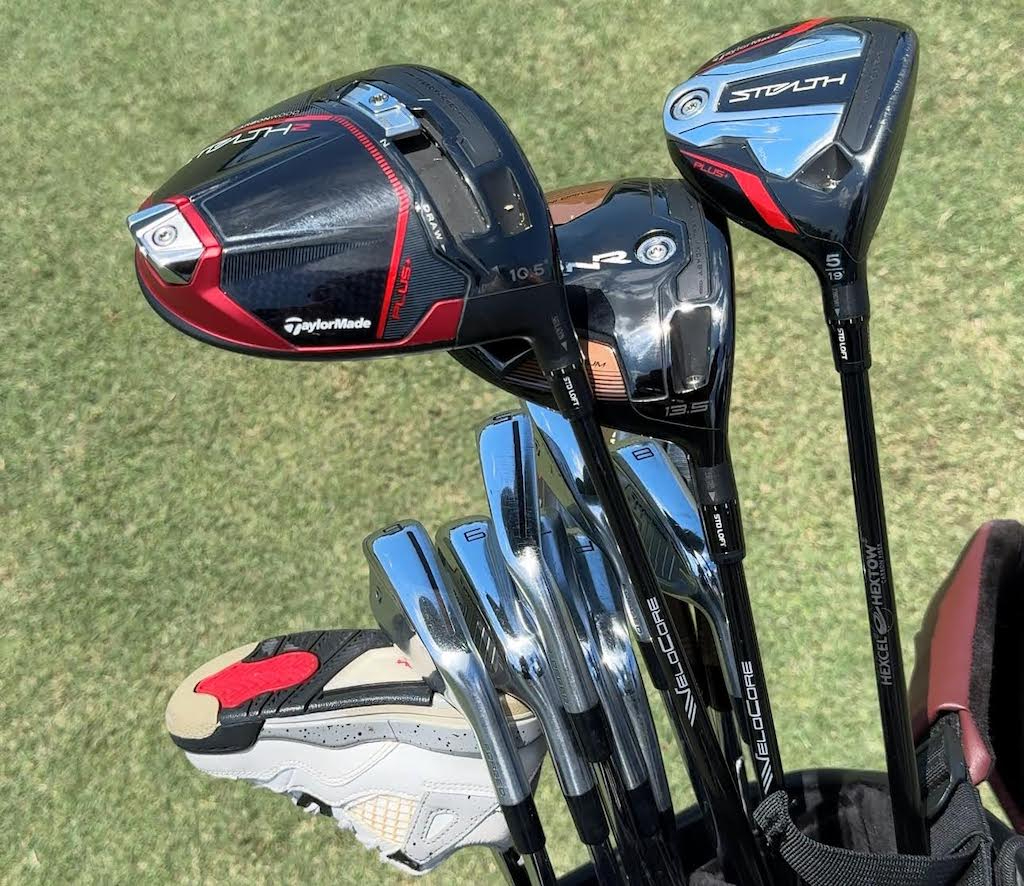
5-wood: TaylorMade Stealth Plus (19 degrees)
Irons: TaylorMade P790 (4-8, PW), TaylorMade P760 (9)
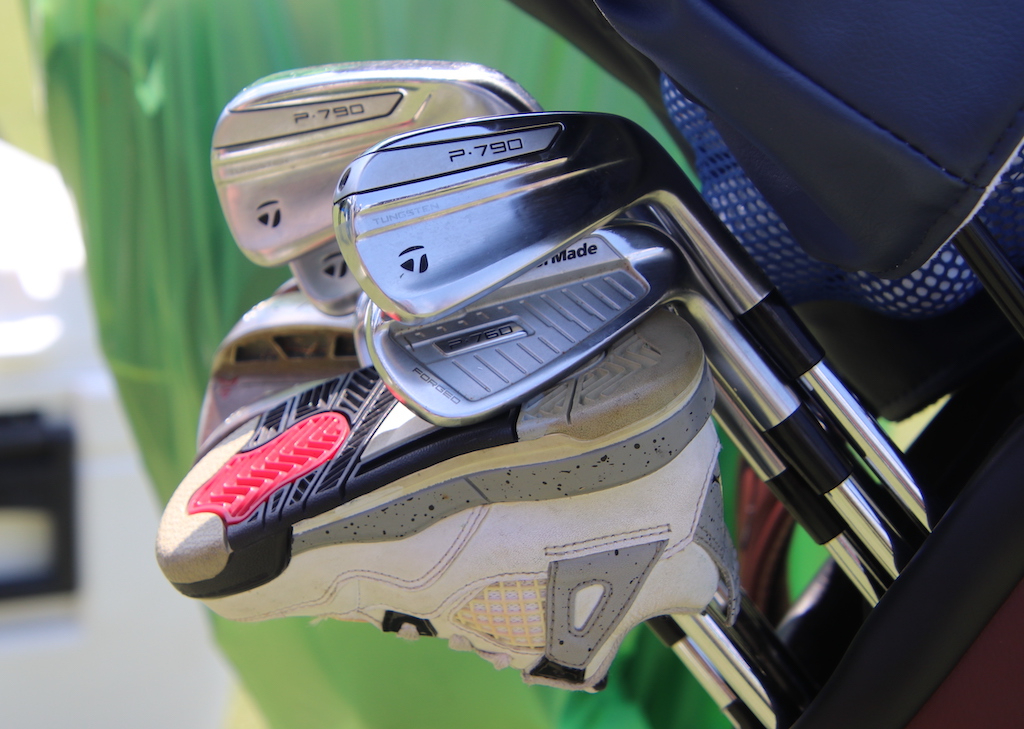
Wedges: TaylorMade MG Hi-Toe (52-09, 56-10, 60)
Putter: Scotty Cameron Select Newport 2 Prototype

Check out more in-hand photos of Drew Brees’ clubs here.
- LIKE0
- LEGIT0
- WOW0
- LOL0
- IDHT0
- FLOP0
- OB0
- SHANK0
Equipment
Putter Roundup: 2024 Zurich Classic of New Orleans
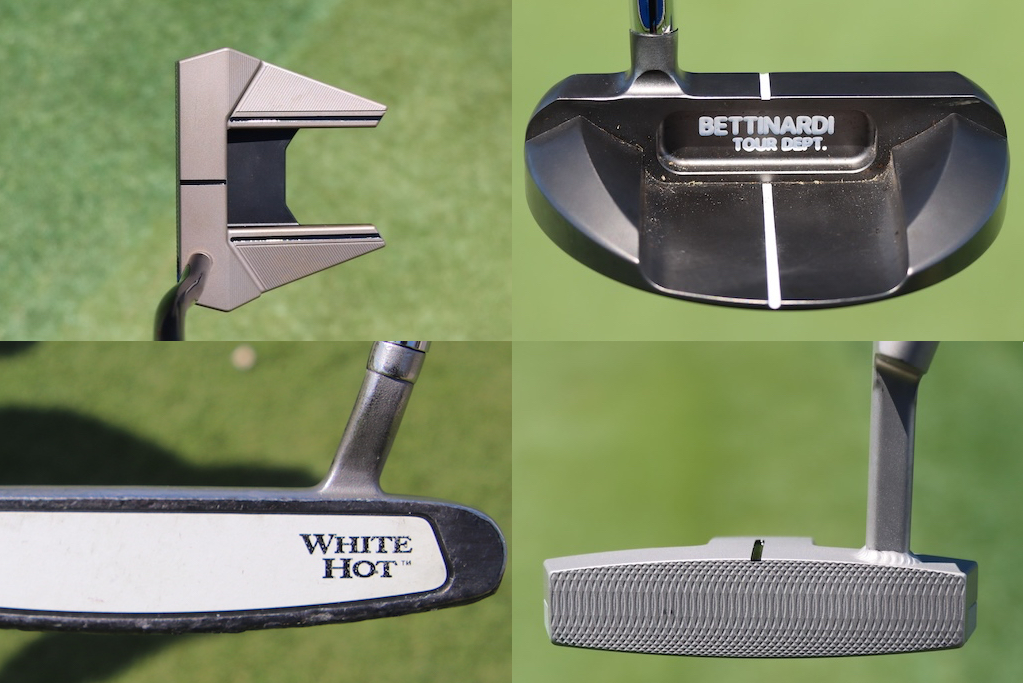
We always get some great photos of some phenomenal putters at tour events and love to share them. Here are a few from the 2024 Zurich Classic that caught our eye and seemed interesting. (And as a reminder, you can check out all our photos from New Orleans here)
MJ Daffue’s Scotty Cameron T-11 Prototype
MJ is going with the new Scotty Cameron T-11 Prototype this week. The putter is a multi-piece mallet that puts an emphasis on stability with the wings on the back. Daffue’s putter does have a design that differs from retail with a monotone finish, which eliminates the black paint on the aluminum parts that we see at retail. He also has a half siteline milled into the top and an L-neck welded on for some additional toe hang. The face features a deeper milling that should offer a softer feel and slightly quieter sound.
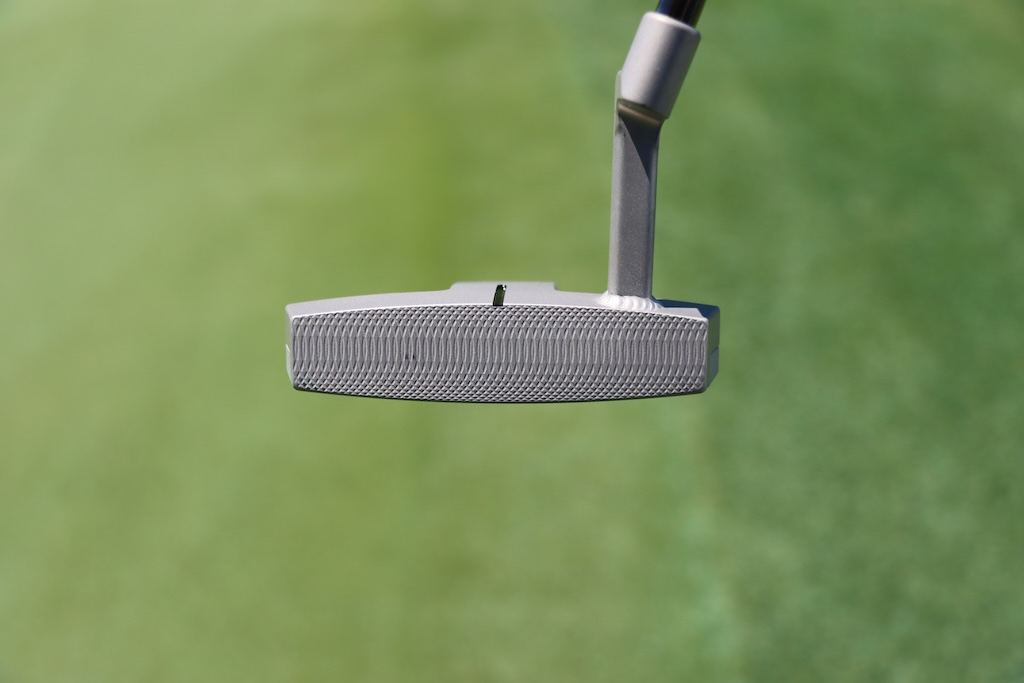
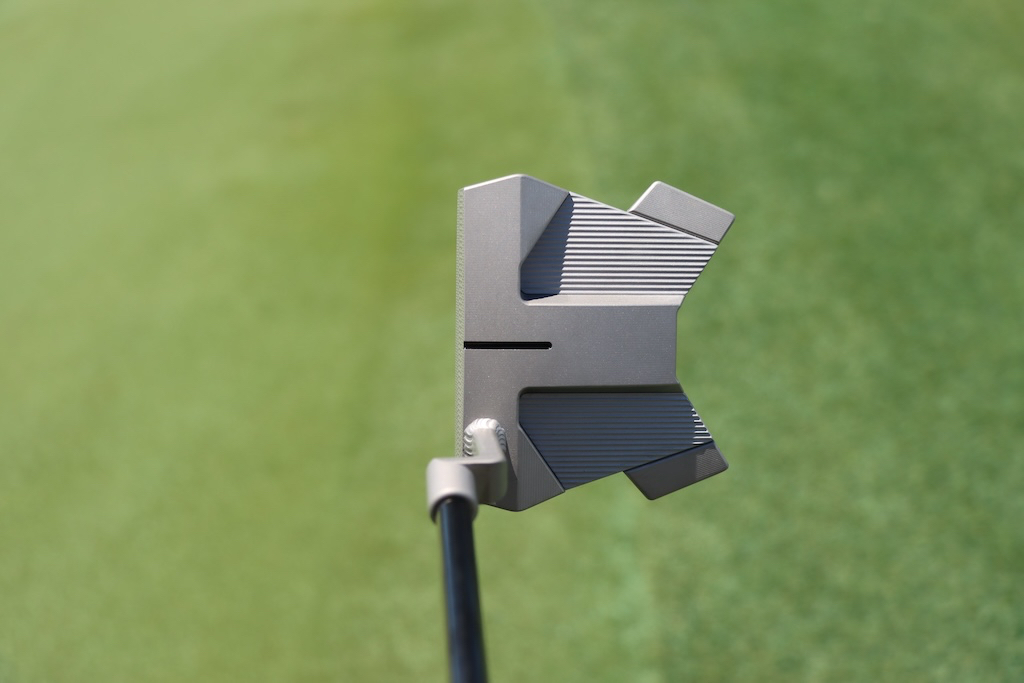
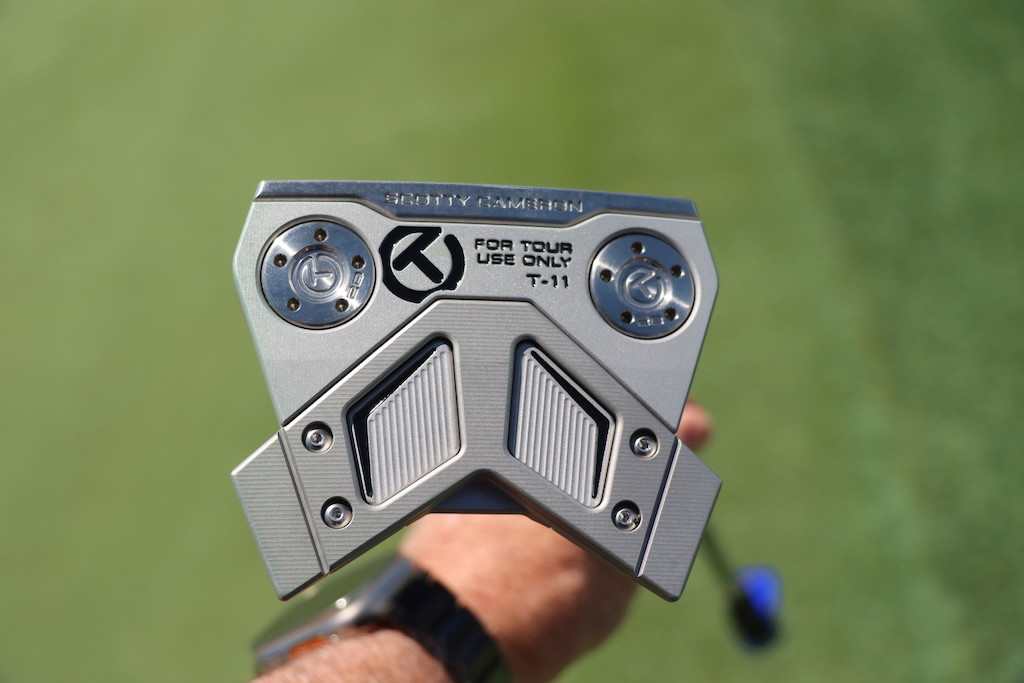
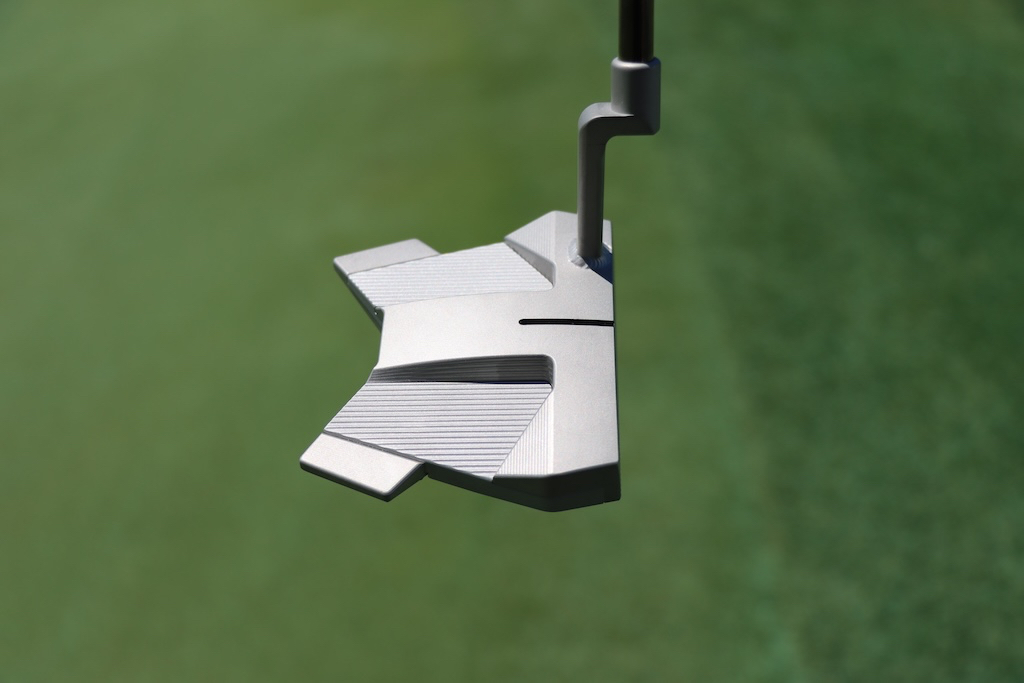
Scotty Cameron T-7.5 Prototype
We spotted a few different Scotty Cameron Phantom models with modified rear flanges. It looks like the straight black flange was cut into a half circle for a little softer look at address. On this T-7.5, you can still see the raw aluminum from the back view, so this might have been a last-minute job to get them out on tour. The semi-circle also has a white line on it, maybe to frame the ball differently.
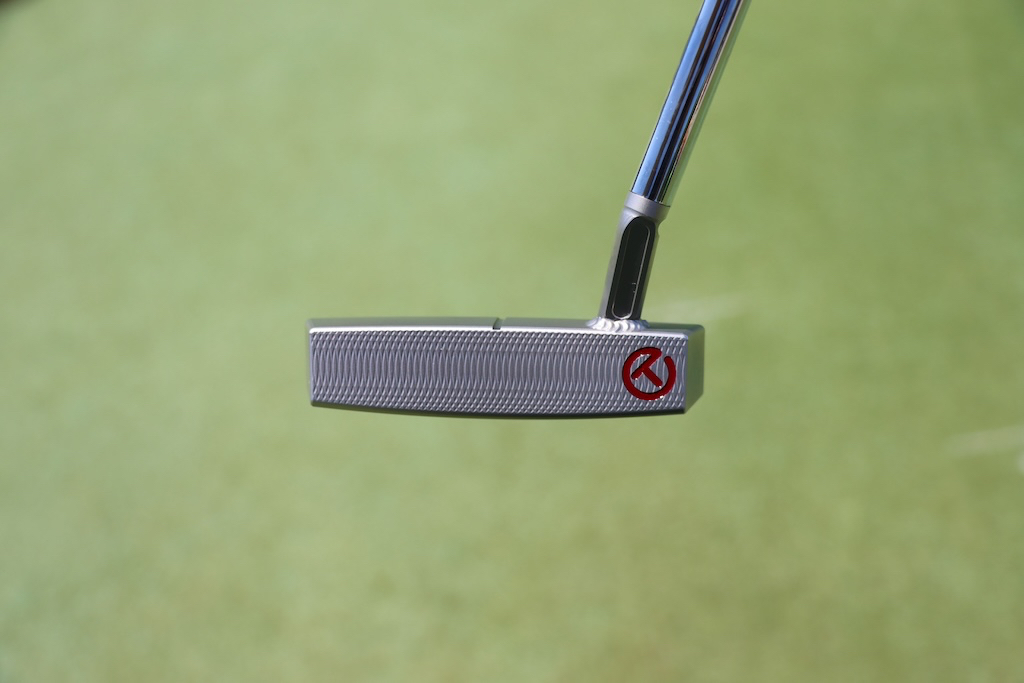
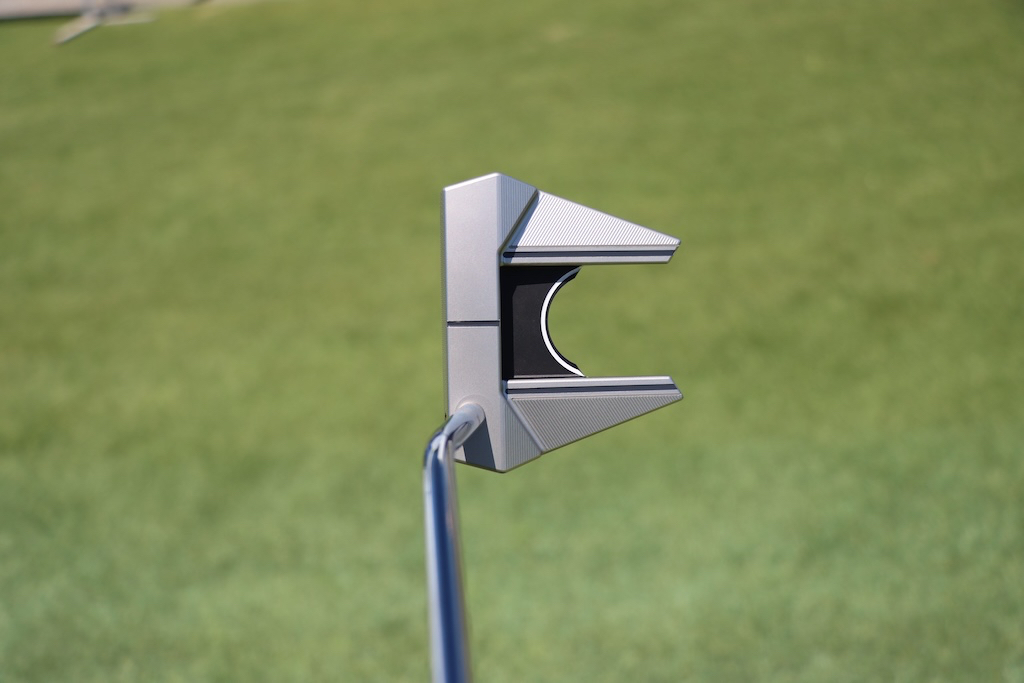
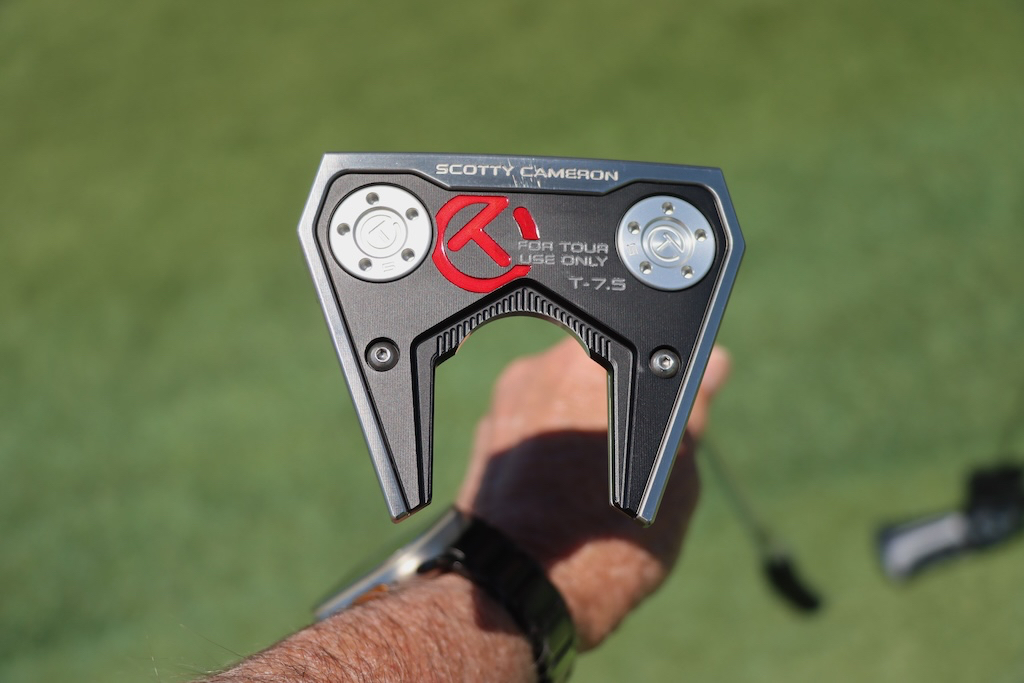
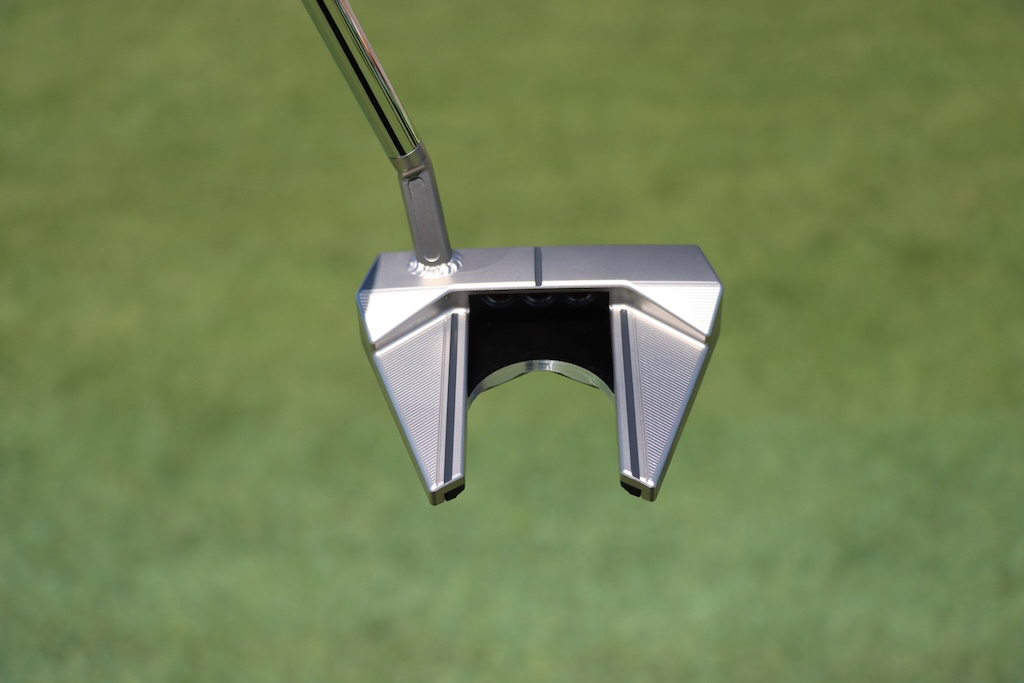
Alex Fitzpatrick’s Bettinardi SS16 DASS
Alex’s SS16 is made from Bettinardi’s famous D.A.S.S., or double-aged stainless steel, for a softer and more responsive feel. The face has a unique diamond pattern milling and features a logo that I feel like I have seen before, but can’t put a name to. The putter is a classic mid-mallet style with a simple, single white siteline on the top. The sole is clean with just the SS16, DASS, and a green triangle logo on it.
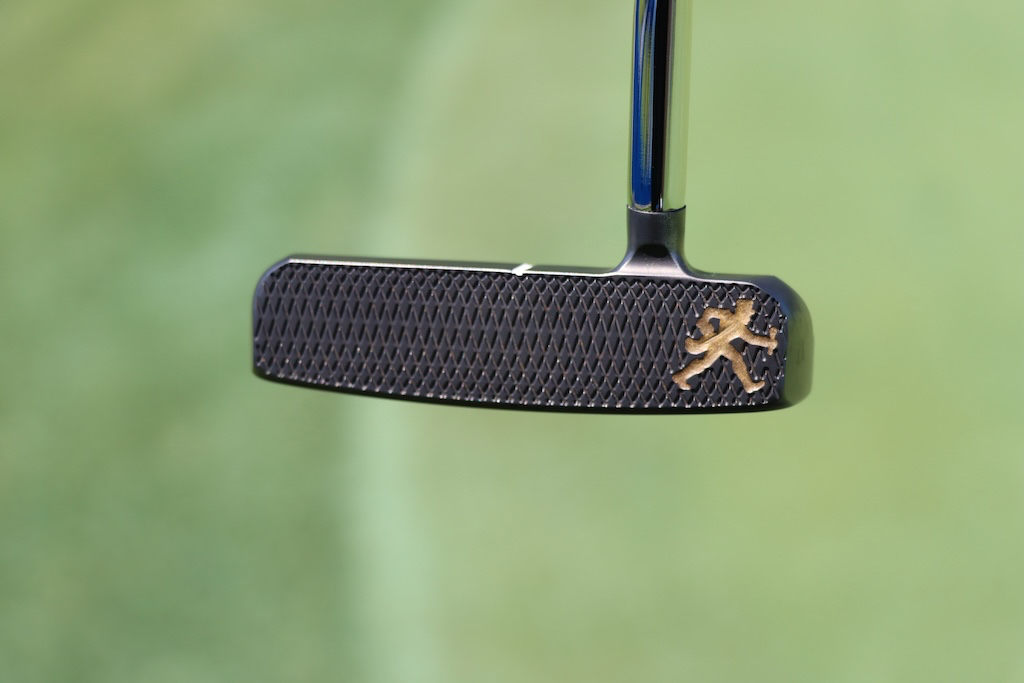
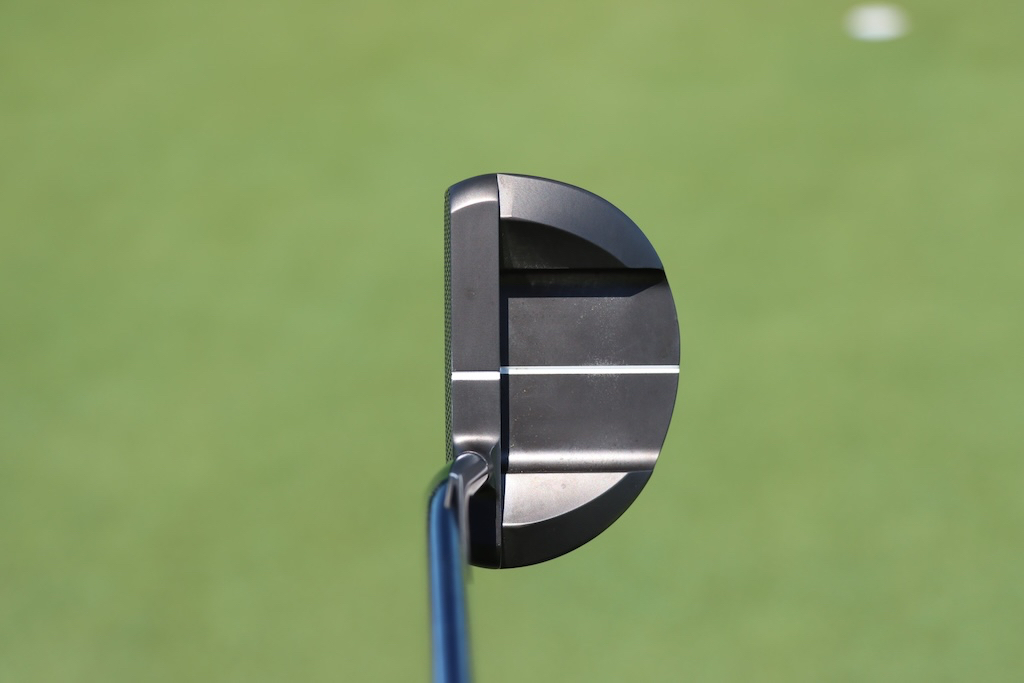

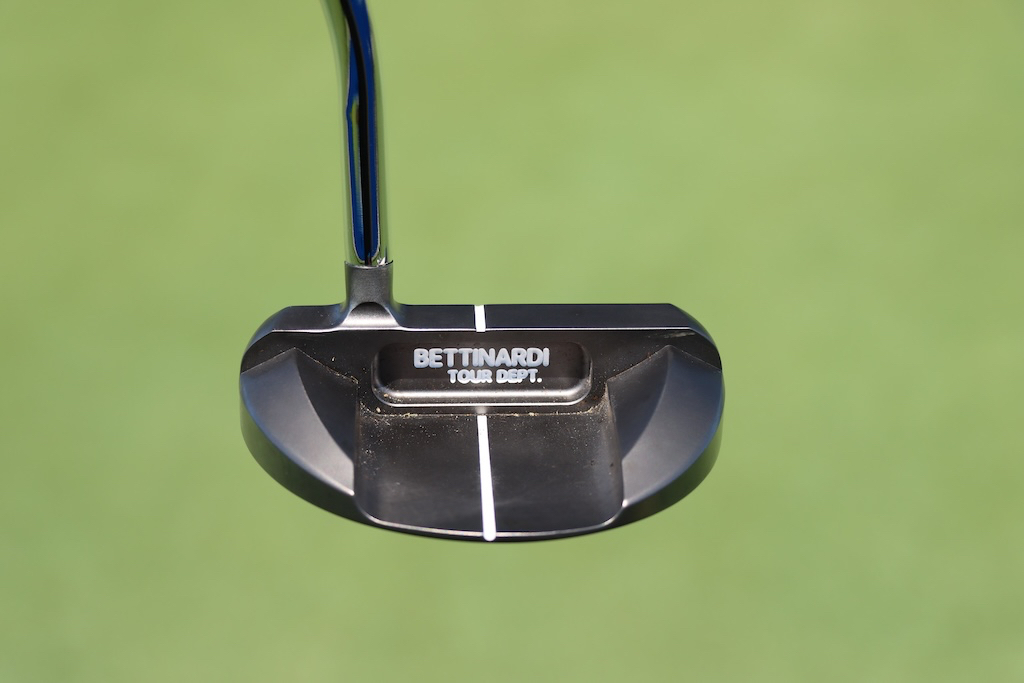
Steve Stricker’s Odyssey White Hot No. 2
This putter has made some amazing putts in its long career! Stricker’s White Hot No. 2 might be in the top 10 of most famous putters in golf. When you see all the dents and lead tape, you know the heel will be up and it will be sinking putts! The soft White Hot insert looks to be in good shape and has less wear on it than the rest of the putter. We don’t know how much lead tape is on the sole, but it has to be multiple layers compacted down over the years.
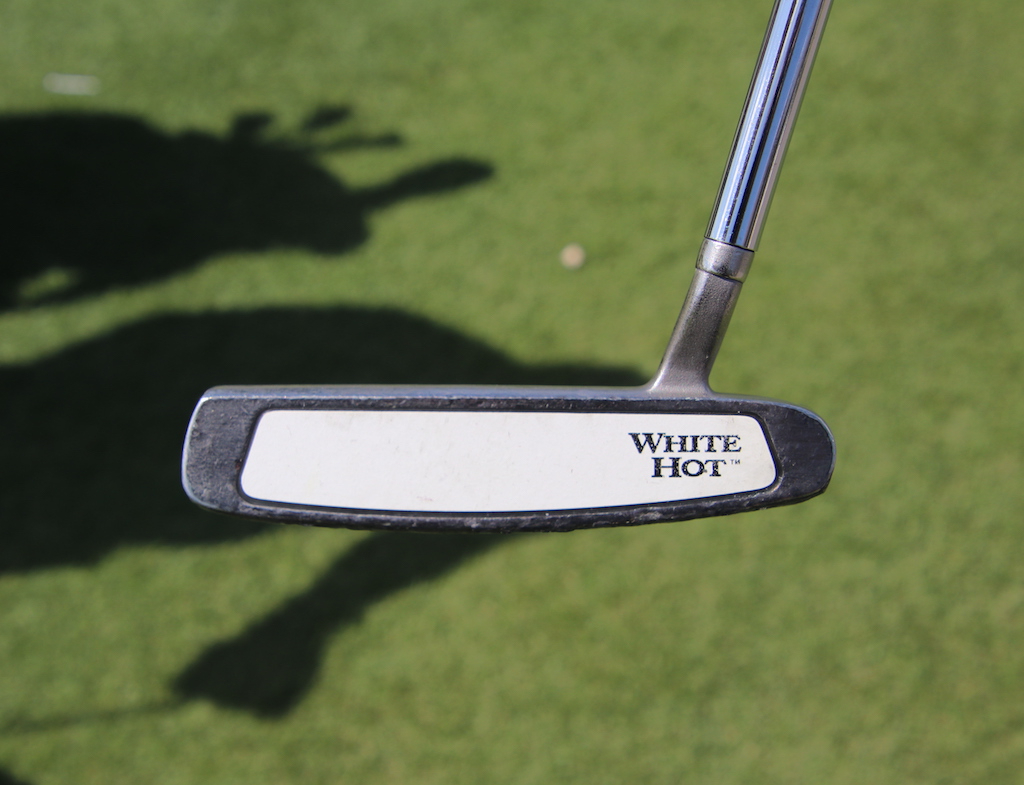


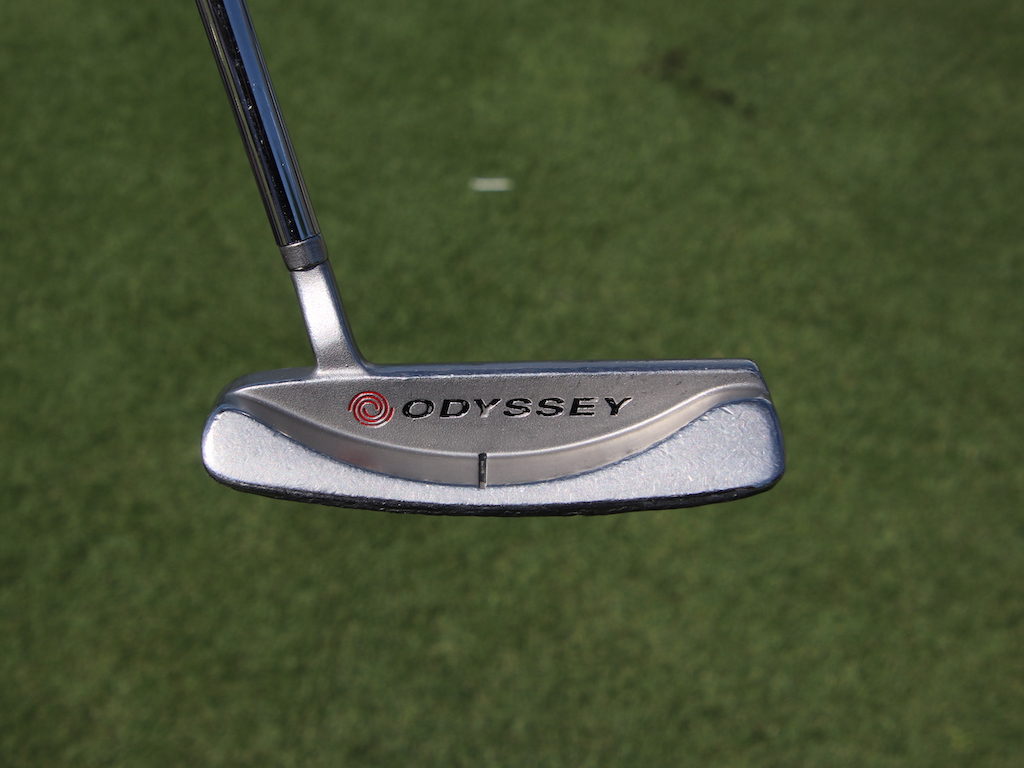
Doug Ghim’s Scotty Cameron T-7 Prototype
This T-7 should win the award for “best color finish” in this list with its deep chromatic bronze. It looks like Scotty added a cherry bomb dot to the heel of the deep-milled face and filled it with a very dark blue paint. The rest of the putter looks pretty stock with its single site line on the topline and twin site lines down the “fangs” of the putter. Twin 5-gram weights are installed in the sole and the putter is finished off with a gloss black double bend shaft with a fill shaft offset.
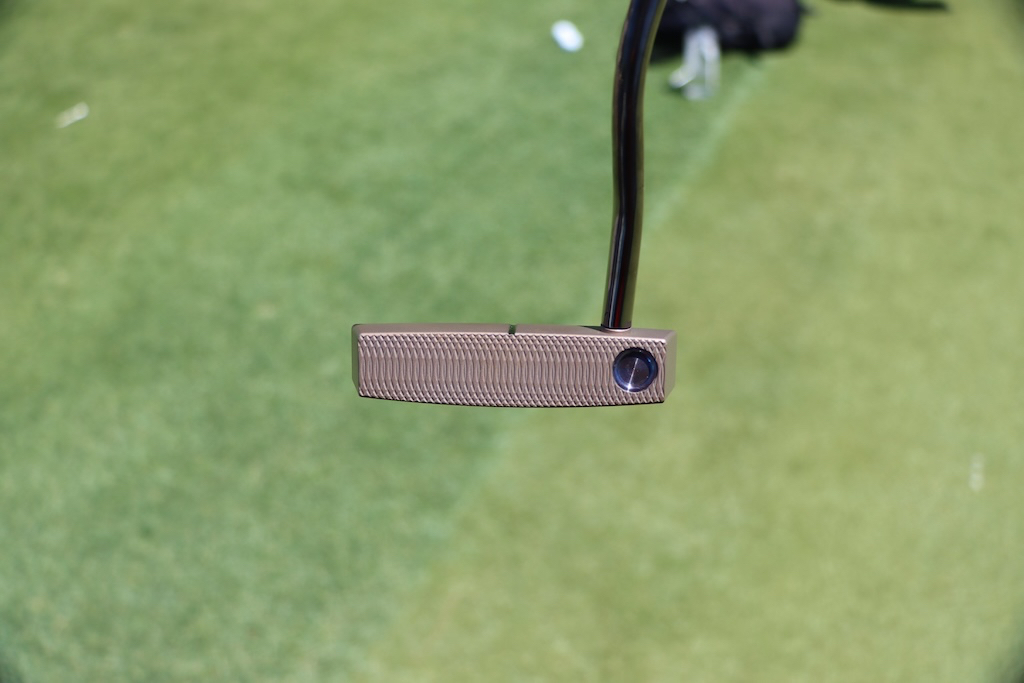
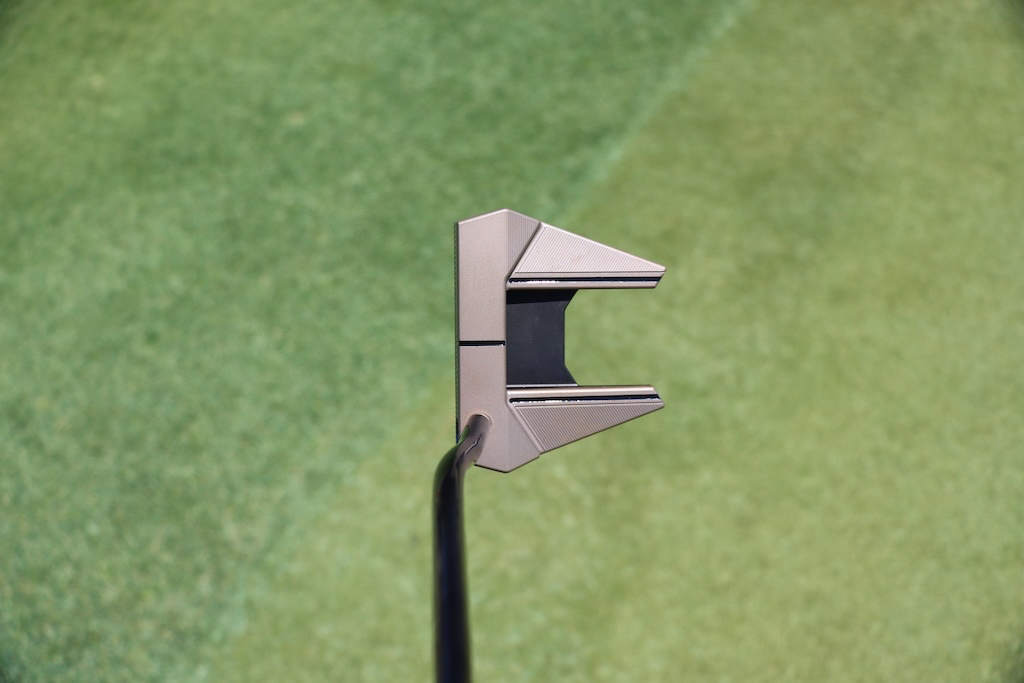
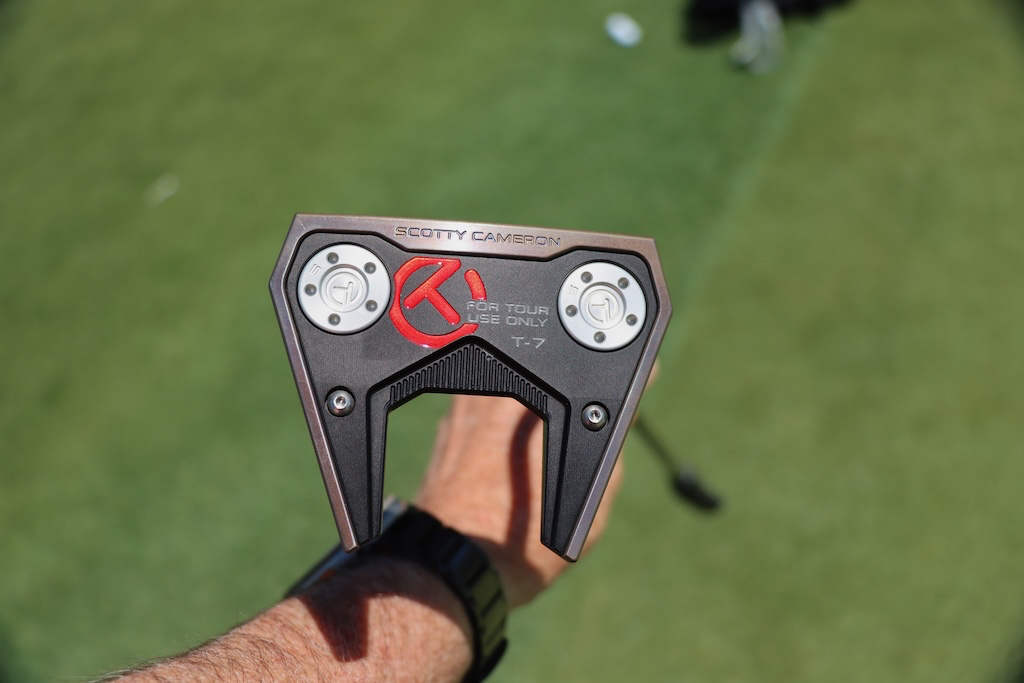
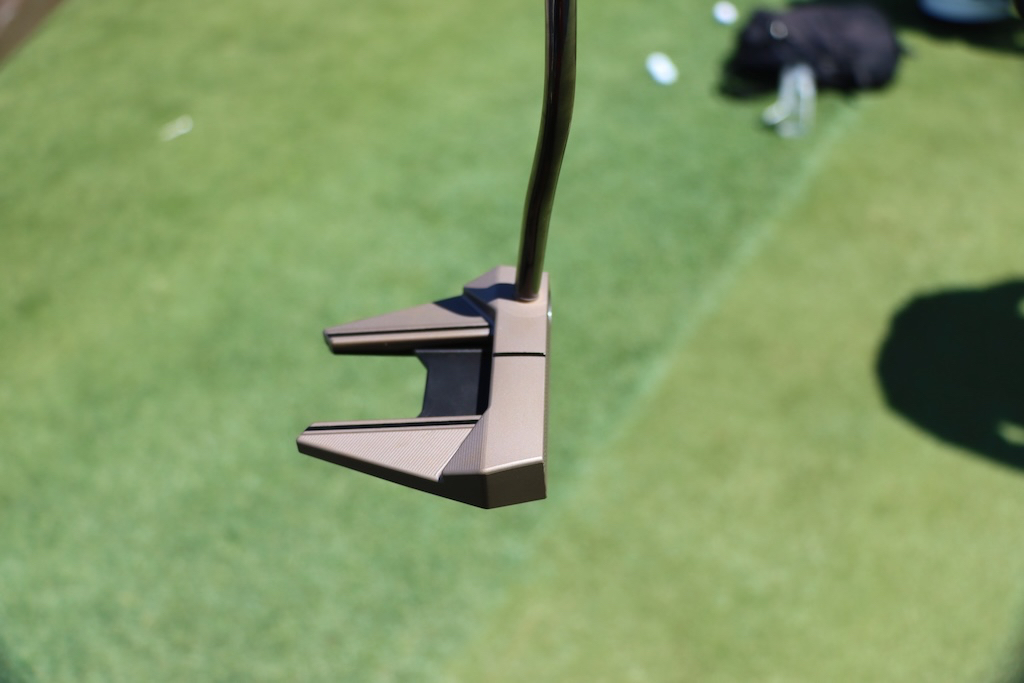
- Check out the rest of our photos from the 2024 Zurich Classic
- LIKE1
- LEGIT0
- WOW0
- LOL0
- IDHT0
- FLOP0
- OB0
- SHANK0
Equipment
Spotted: Project X Denali hybrid shaft
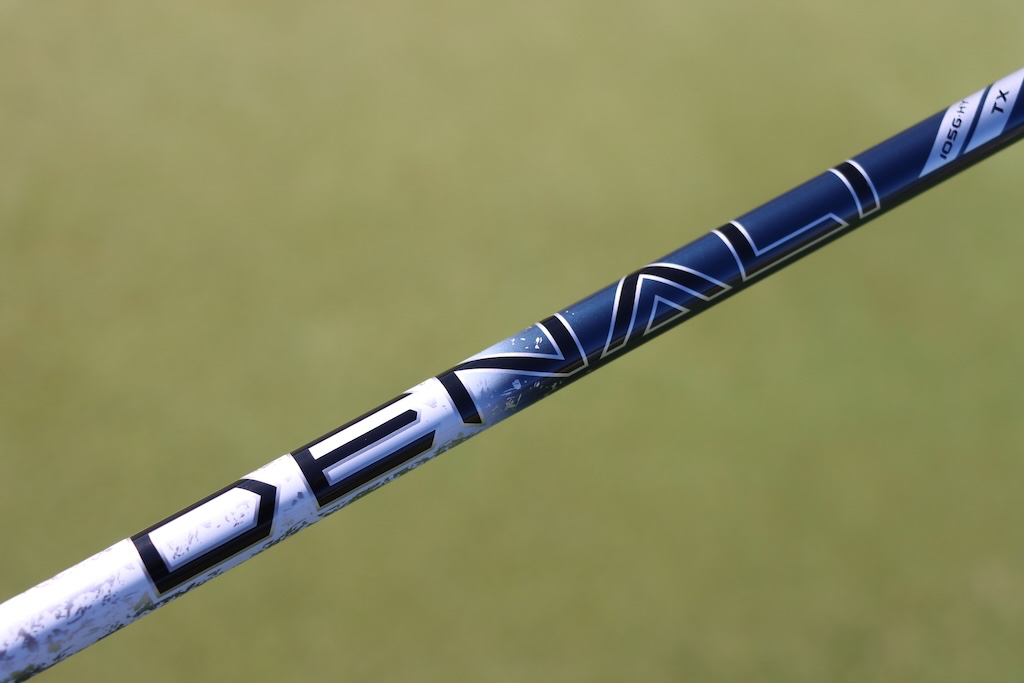
Project X’s Denali wood shafts have been seen in more and more golf bags this year as we start off the season. As a refresher, Denali Blue is the mid-launch and mid-spin model while Denali Black is for players seeking lower launch and spin.
Denali combines great feel with stability and increased ball speed. Currently, Project X only offers Denali Blue and Black in wood shafts, but we spotted a hybrid shaft in Daniel Berger’s bag at the 2024 Zurich Classic.
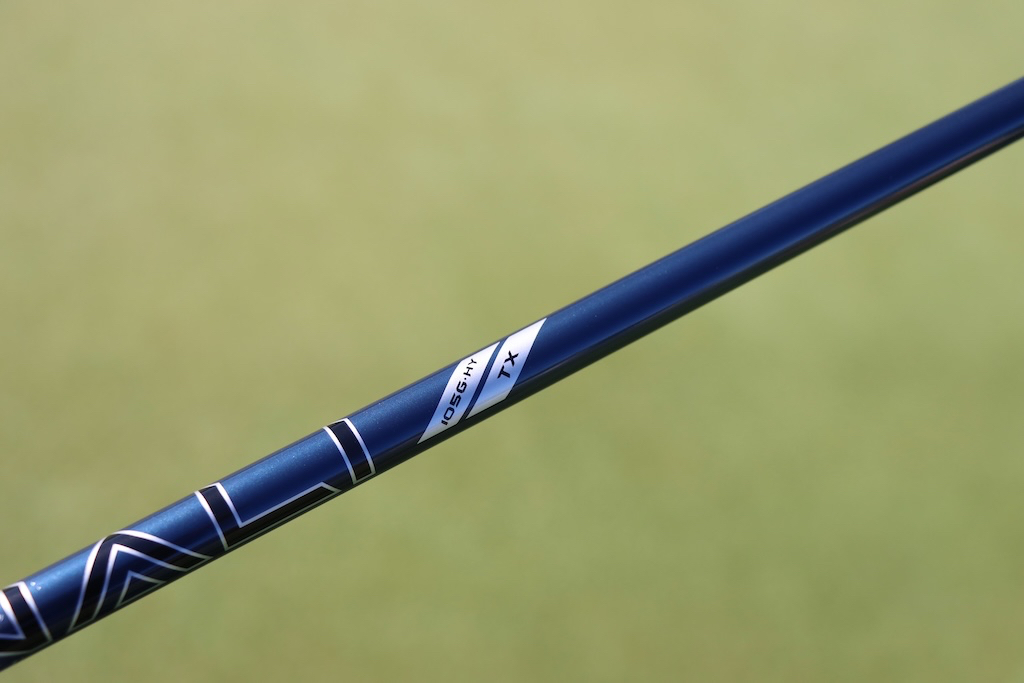
The shaft looks to be a Denali Blue 105G – HY in TX flex. No word on details from Project X yet but we can assume that this is a mid-launching shaft that weighs around 105 grams in Tour X-Stiff flex.
Berger has this shaft in his TaylorMade P770 3-iron, likely for some added launch and spin to hold the green from longer distances.
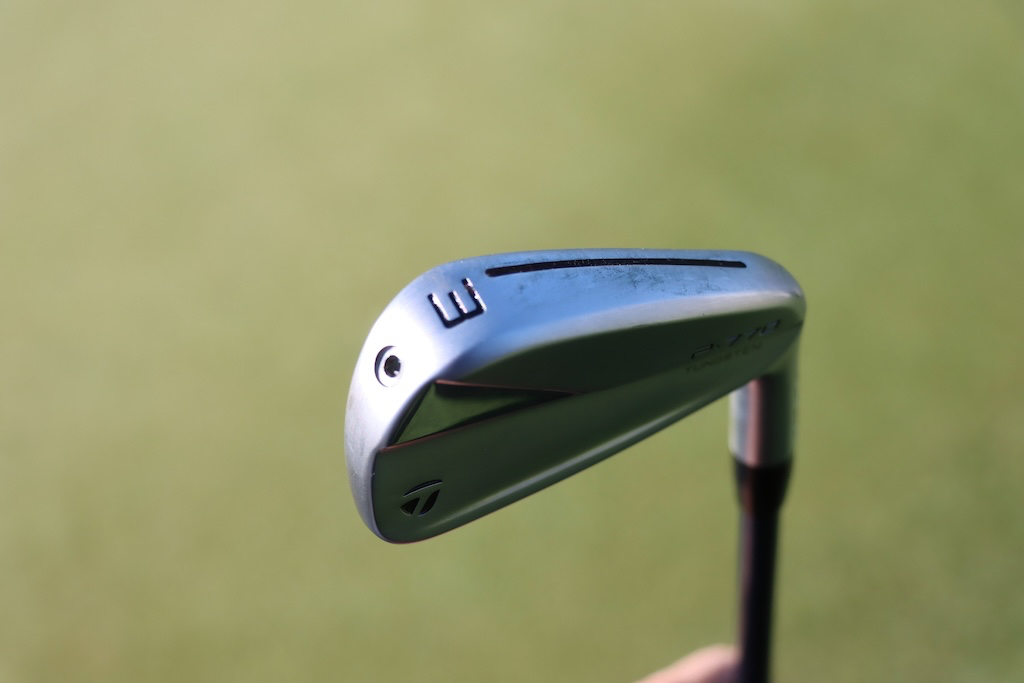
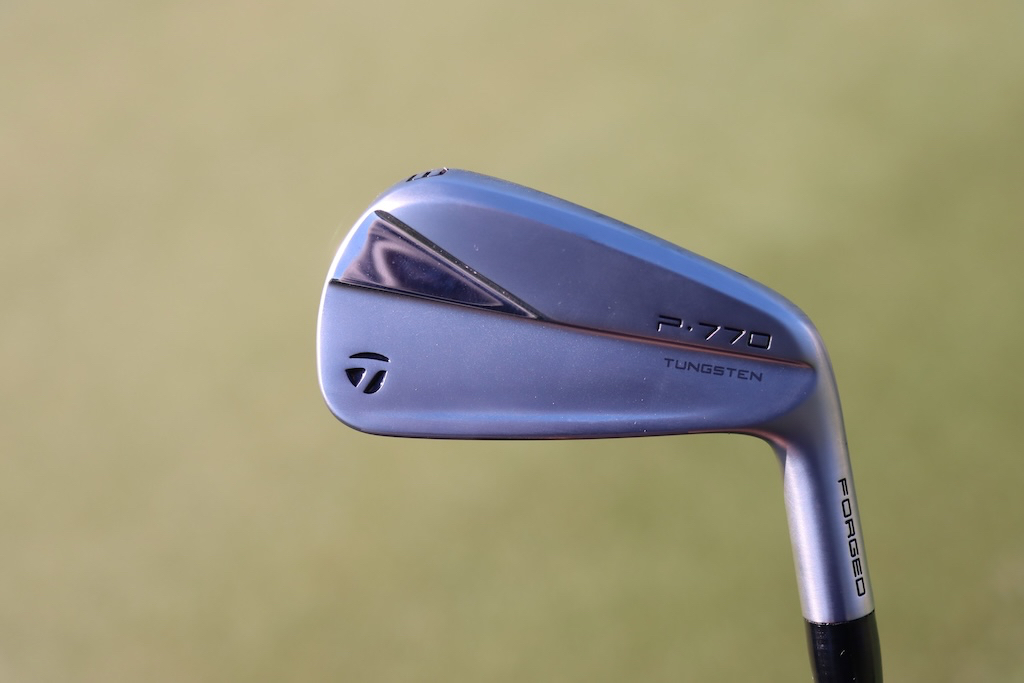
Hopefully, this means we will see some more shafts coming under the Denali name in the future, as I think many of us would like to try one in a hybrid or utility iron!
- Check out the rest of our photos from the 2024 Zurich Classic
- Check out in-hand photos of Daniel Berger’s full WITB here.
- LIKE0
- LEGIT0
- WOW0
- LOL0
- IDHT0
- FLOP0
- OB0
- SHANK0
-

 19th Hole2 weeks ago
19th Hole2 weeks agoDave Portnoy places monstrous outright bet for the 2024 Masters
-

 19th Hole3 days ago
19th Hole3 days agoJustin Thomas on the equipment choice of Scottie Scheffler that he thinks is ‘weird’
-

 19th Hole2 weeks ago
19th Hole2 weeks agoTiger Woods arrives at 2024 Masters equipped with a putter that may surprise you
-

 19th Hole3 days ago
19th Hole3 days ago‘Absolutely crazy’ – Major champ lays into Patrick Cantlay over his decision on final hole of RBC Heritage
-

 19th Hole2 weeks ago
19th Hole2 weeks agoTwo star names reportedly blanked Jon Rahm all week at the Masters
-

 19th Hole1 week ago
19th Hole1 week agoReport: LIV Golf identifies latest star name they hope to sign to breakaway tour
-

 19th Hole1 week ago
19th Hole1 week agoNeal Shipley presser ends in awkward fashion after reporter claims Tiger handed him note on 8th fairway
-

 19th Hole1 week ago
19th Hole1 week agoBrandel Chamblee has ‘no doubt’ who started the McIlroy/LIV rumor and why

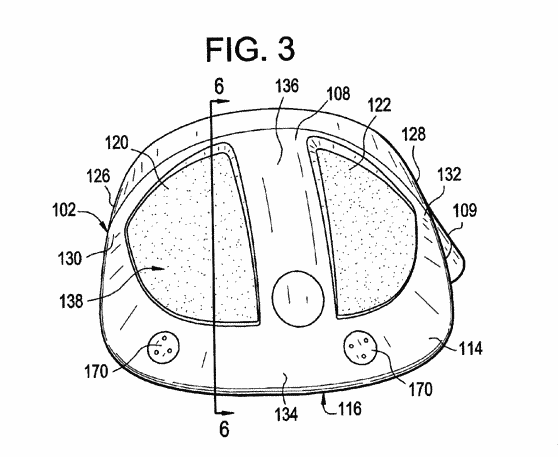




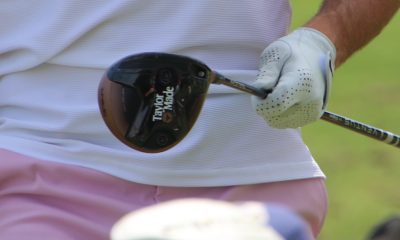

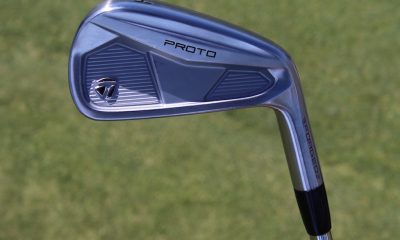

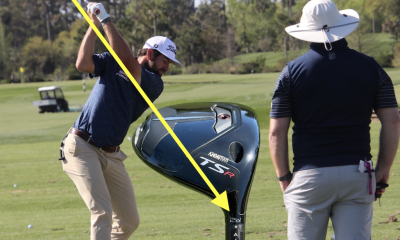

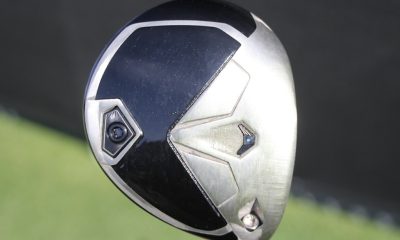
















dave dawsey
Feb 3, 2014 at 7:18 pm
For all of those that are interested, there is an entire blog directed to this; see http://www.Golf-Patents.com
Ben Alberstadt
Feb 3, 2014 at 7:43 pm
Fancy that it’s your blog… Thanks for bringing this to the readers’ attention though.
dave
Feb 4, 2014 at 10:07 am
Fancy that, couldn’t be where the idea came from… Thanks though, imitation is the sincerest form of flattery.
Chris
Feb 2, 2014 at 3:02 pm
I love that WRX has someone checking up on these things as there is no way I would do it personally. Does anyone follow up to see how long it takes these patents to come to life??? For instance, these patents passed through this year, so when will we see these clubs?
Aldo
Feb 2, 2014 at 1:49 pm
Inferesting article. Make it a regular feature!
Birdie Bob
Feb 2, 2014 at 11:27 am
Keep them coming!!
BB
yo!
Feb 2, 2014 at 10:47 am
Interesting article for someone interested in the tech behind clubhead design. To change the way a driver sound is interesting because many players can be put off buying a driver due to its sound at impact.
christian
Feb 2, 2014 at 9:09 am
Why are patent filings done with what looks like hand drawn pictures on a napkin?
Bill
Feb 2, 2014 at 10:37 pm
This is a requirement of the US Patent office.
corey
Feb 3, 2014 at 8:36 pm
bill is right, those basic looking drawings are actually very difficult to draw. the reason being is that they are done by hand and every part of the drawing has to be to scale. thats the reason people who do those drawings will usually charge around $200 a page
Ben Alberstadt
Feb 1, 2014 at 6:09 pm
Thanks for the kind words, all! It was a piece I thought might work well and that I’m happy to do again in the future. Many thanks for the feedback!
GolfWRX
Feb 1, 2014 at 4:55 pm
I love the article!
RG
Feb 1, 2014 at 3:34 pm
Great article once again Ben!
Steve
Feb 1, 2014 at 3:31 pm
I think this should be an included feature as often as possible. Would make for great discussion and a little insight on what may be coming out. Always cool to see what these guys are coming up with next.
That Titleist patent looks like it would create something like the Callaway BBA with a changeable weight changing the COG. I like it!
robby
Feb 1, 2014 at 1:45 pm
Very interesting!
Christopher Barnes
Feb 1, 2014 at 12:44 pm
very interesting – great segment into the science of the game